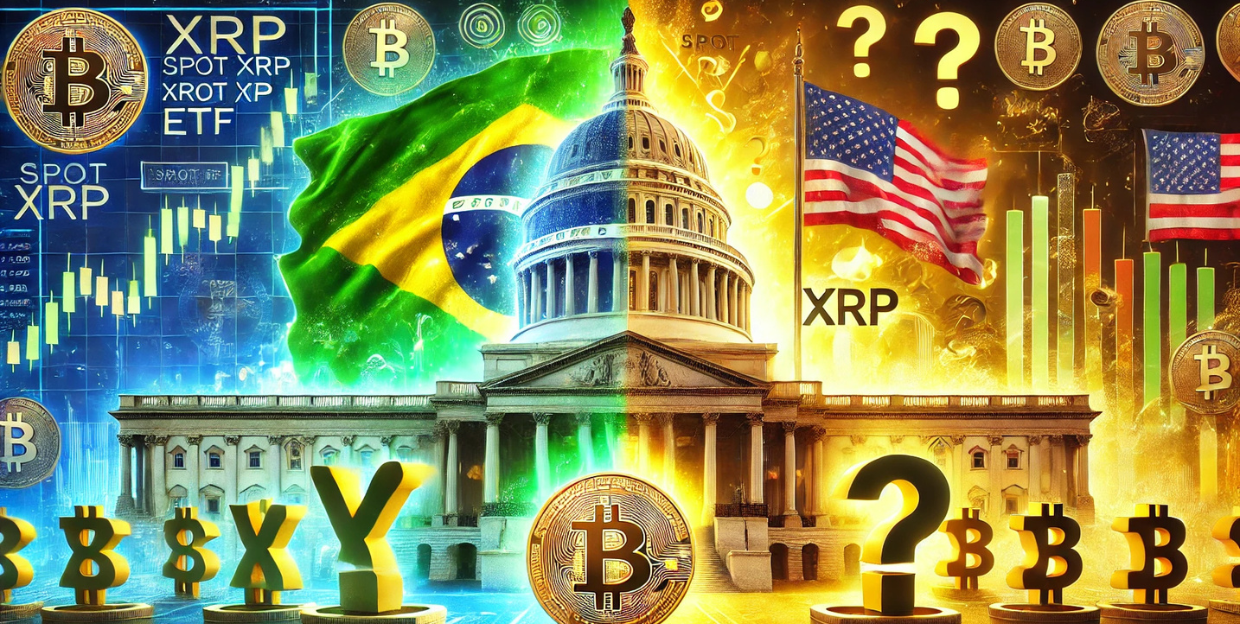
The approval of Brazil’s first spot XRP ETF could have ripple effects on U.S. regulatory decisions, potentially accelerating momentum for similar products in the U.S. while highlighting contrasts in regulatory approaches. Here’s how it might influence the SEC’s stance:
Brazil’s approval of a spot XRP ETF establishes a tangible example of how such products can operate within a regulated framework. This adds pressure on the SEC to address pending U.S. applications from firms like Grayscale, Bitwise, and WisdomTree, which have been stalled amid ongoing legal uncertainty around XRP. The Brazilian ETF’s structure—holding XRP directly rather than derivatives—could serve as a blueprint for U.S. regulators evaluating custody and market risks.
Brazil’s proactive stance contrasts sharply with the SEC’s caution, particularly as the U.S. agency continues to grapple with Ripple’s legal battle over XRP’s classification as a security. While a 2023 court ruling clarified that XRP is not a security in retail sales, the SEC’s appeal of that decision has prolonged uncertainty. Brazil’s move underscores a growing global acceptance of XRP as a commodity-like asset, forcing the SEC to confront whether its stance aligns with international norms36.
The Brazilian ETF’s approval has already spurred a 7.5% price surge for XRP, reflecting strong investor interest27. Analysts at JPMorgan estimate that U.S.-listed XRP ETFs could attract $3–6 billion in inflows if approved. This demand, combined with Brazil’s success, may push U.S. asset managers to intensify advocacy for SEC approval, arguing that delays risk ceding market leadership to other nations.
Bloomberg analysts estimate a 65% chance of U.S. XRP ETF approval by late 2025. Brazil’s progress could shorten the SEC’s timeline, as regulators weigh the implications of falling behind a major economy. However, the SEC’s 240-day review window for pending applications means final decisions may still extend into October 2025.
Brazil’s ETF aligns with Ripple’s use case for fast, low-cost cross-border transactions, particularly for SMEs and freelancers. If the ETF accelerates XRP adoption in payment systems, U.S. regulators might face increased pressure to greenlight similar products to maintain competitiveness in global finance.
While the SEC’s decisions remain rooted in U.S. legal frameworks, Brazil’s landmark approval adds momentum to the case for XRP ETFs. It demonstrates regulatory viability, highlights investor demand, and underscores the risks of U.S. lag in crypto innovation. However, the SEC’s final verdict will likely hinge on resolving Ripple’s lawsuit and ensuring compliance with securities laws. For now, Brazil’s move serves as both a model and a challenge to U.S. regulators.
Read Also:

